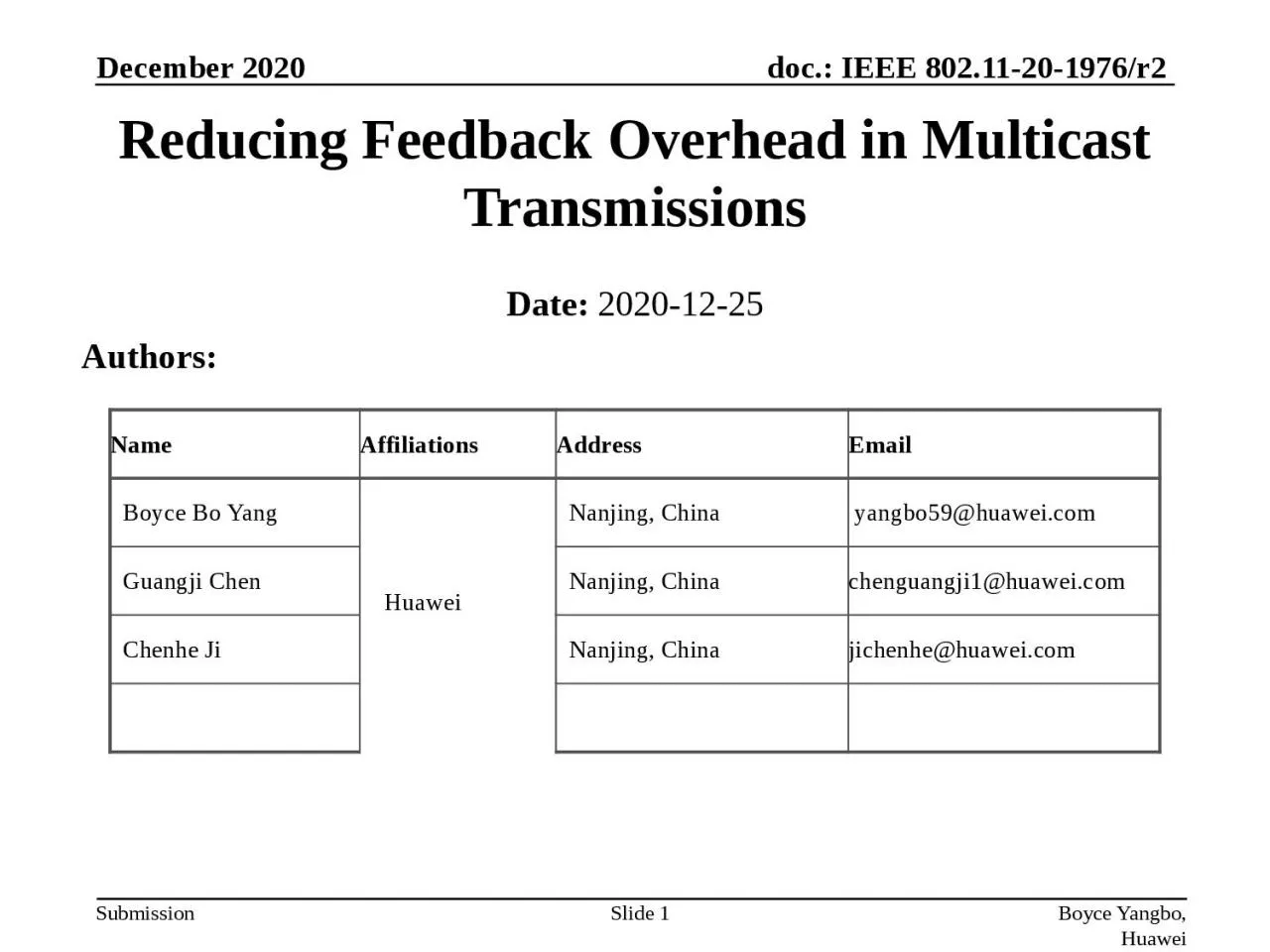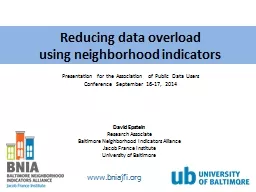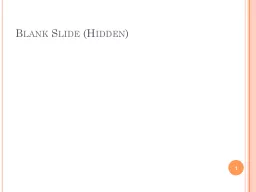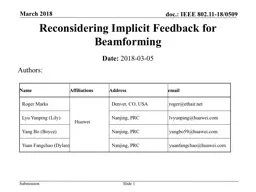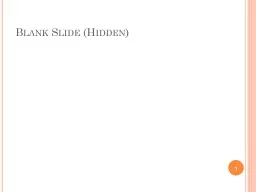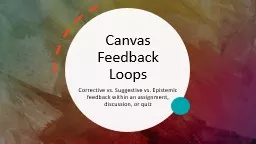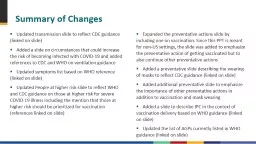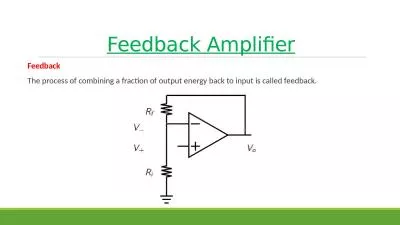PPT-Slide 1 Reducing Feedback
Author : bety | Published Date : 2024-01-29
O verhead in Multicast Transmissions Date 20201225 Authors Boyce Yangbo Huawei Name Affiliations Address E mail Boyce Bo Yang Huawei Nanjing China yangbo59huaweicom
Presentation Embed Code
Download Presentation
Download Presentation The PPT/PDF document "Slide 1 Reducing Feedback" is the property of its rightful owner. Permission is granted to download and print the materials on this website for personal, non-commercial use only, and to display it on your personal computer provided you do not modify the materials and that you retain all copyright notices contained in the materials. By downloading content from our website, you accept the terms of this agreement.
Slide 1 Reducing Feedback: Transcript
Download Rules Of Document
"Slide 1 Reducing Feedback"The content belongs to its owner. You may download and print it for personal use, without modification, and keep all copyright notices. By downloading, you agree to these terms.
Related Documents

